Almost unsure whether this constitutes a Travel Gumbo "travel" post, I press ahead with my submission and await rapped knuckles from the Senior Gurus! But, first I will bring the big guns to bear with the help of Brad Pitt and his Sherman tank from the recent film "Fury" which was largely shot around Bovington Tank Museum using this only (?) surviving, functioning and fully restored Sherman tank.
As usual I am indebted to Wikipedia whose concise summary of information about the Tank Museum I draw upon here. The Bovington Tank Museum) is a collection of armoured fighting vehicles at Bovington Camp in Dorset, South West England. It is located 12 miles (19 km) west of the major port of Poole. The collection traces the history of the tank. With almost 300 vehicles on exhibition from 26 countries it is the largest collection of tanks and the second largest collection of armoured vehicles in the world. It includes Tiger 131, the only working example of a German Tiger I tank and a British First World War Mark I, the world's oldest surviving combat tank.
Visited in the days running up to the Christmas holiday period, it is incongruous to be touring a museum dedicated to the development of such huge violent weapons accompanied by the background music of "Jingle Bells" and "God rest ye merry gentlemen" and by various jolly Christmas artefacts....
In 1916 the British War Office established the Bovington camp as a tank crew training facility. At that time the Army was introducing tanks into the First World War in an attempt to break the stagnation of trench warfare. In 1919 the tanks returned to Bovington from France. Many of them were fit only for scrap. However, a small number of the least damaged vehicles were put to one side so that tank crews and designers could have an idea of the tank's early heritage.
In 1923 the writer Rudyard Kipling visited Bovington and recommended a museum should be set up. The collection grew greatly after the Second World War, as many Allied and captured Axis tanks were added. In 1947 it was opened to the general public. The Tank Museum has continued to expand and today it is primarily seen as a means of educating and entertaining the general public, with the exhibition being geared in this direction. Many of the tanks are in complete working order and can be seen in action throughout summer months in special displays.
The World War 1 hall contains examples of the whole British tank development from Little Willie (above) to the Mark VIII "Liberty", plus an example of the British Mark V, one of the few World War I tanks - all still in working order. Also featured is an illustration of the life of the soldier and writer T. E. Lawrence (aka "Lawrence of Arabia"), who lived at nearby Clouds Hill cottage and served in the Tanks Corps at Bovington for a short time.
This is an example of an armoured car that served in India during the period of the British Raj which ended with their independence in 1947.
Amongst the World War 2 exhibits is this American "Duplex Drive" Sherman tank equipped with it's D-Day invasion flotation housing intended to allow the tanks to 'swim' ashore from their landing craft. The housings were fairly easily swamped by sea swell over 1-2 feet and consequently many of these 35 ton machines were lost although a lot of their crews escaped. Most of these floating (?) tanks embarked from the nearby sea port town of Weymouth from which many American troops also embarked for the D-Day landings.
Progressing through the many exhibits, we encounter working examples of the early WWII German Panzer infantry support tanks that became infamous in their BlitzKreig raids across Europe in 1939.
Later came the much bigger and more heavily gunned "Tiger" and "King Tiger" tanks feared by the Allies for their huge fire power and massive frontal armour. Fortunately these tanks were so "well engineered" and complex that they often broke-down in the field and needed to be returned to a workshop for repair - or destroyed to prevent them falling into Allied hands.
Panzer Tiger 131 is the first Tiger tank to fall into Allied hands, captured in Tunisia and rapidly brought back for evaluation of it's strengths and weaknesses.
This how you do not want to be seeing a Tiger tank travelling towards you...
And more massive German Panzer variants.
From the Russian Front we have a Russian "Large Tank" under the gaze of "Uncle Joe" Stalin...
A cramped and noisy environment for the gun-loader in a 1960's British Centurion tank.
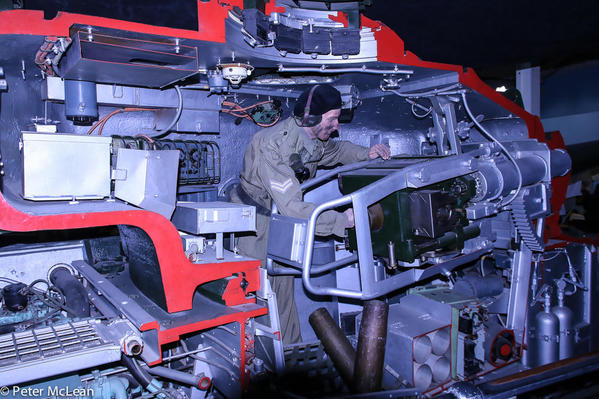 And to one of today's low profile German Leopard tanks.
And to one of today's low profile German Leopard tanks.
And an Iraqi Republican Guard Russian built T-62 tank.
And finally WWII re-enactors in tank crew leather gilet jackets and their dispatch rider motorcycles.


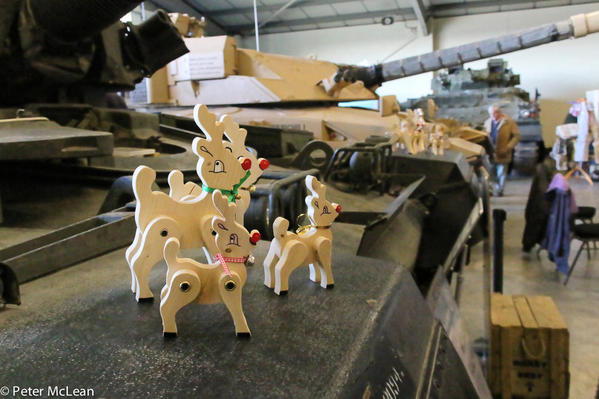


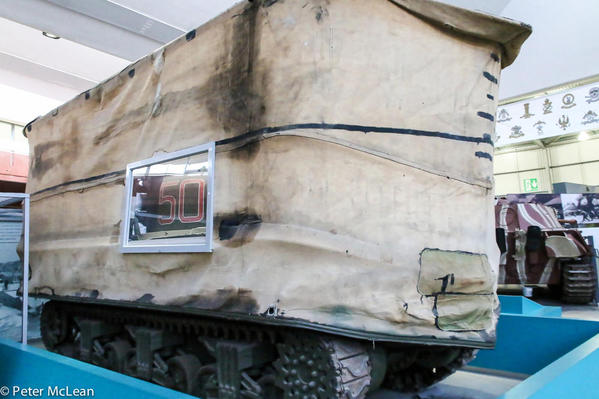
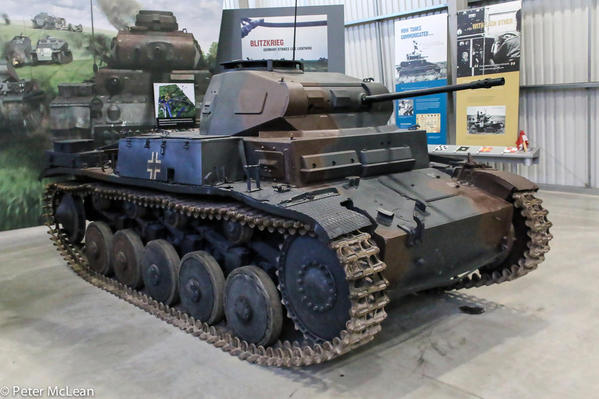
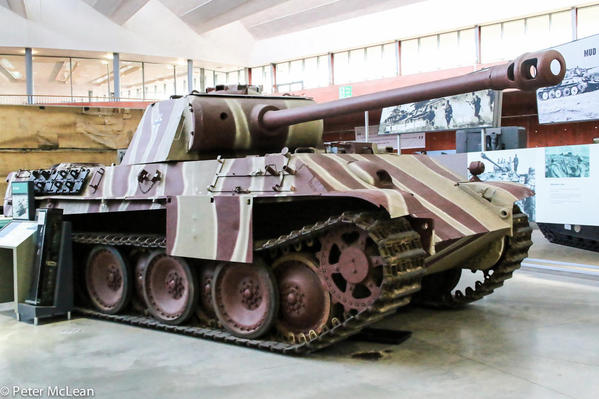
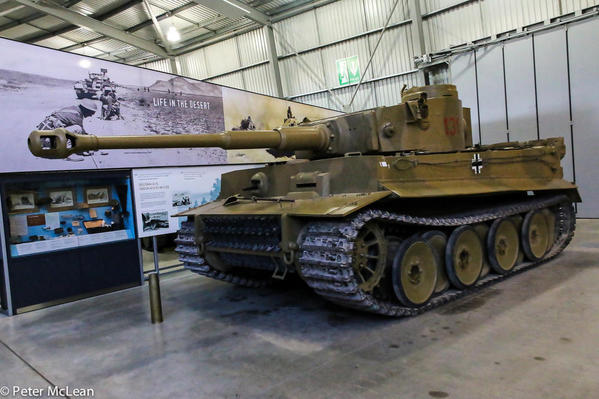

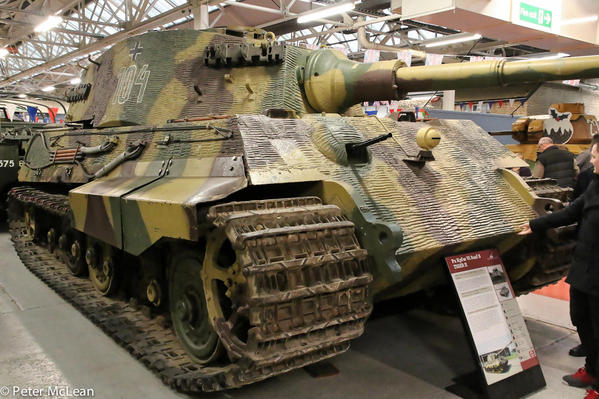
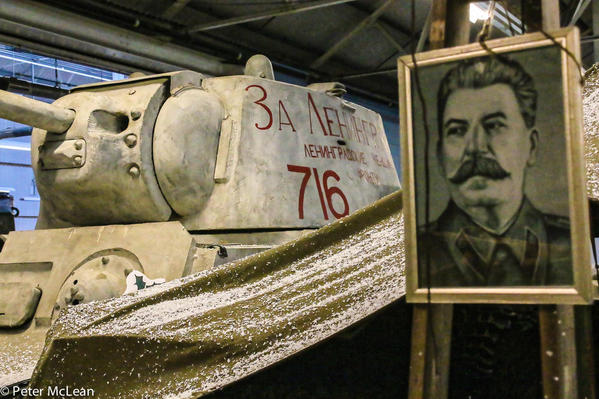
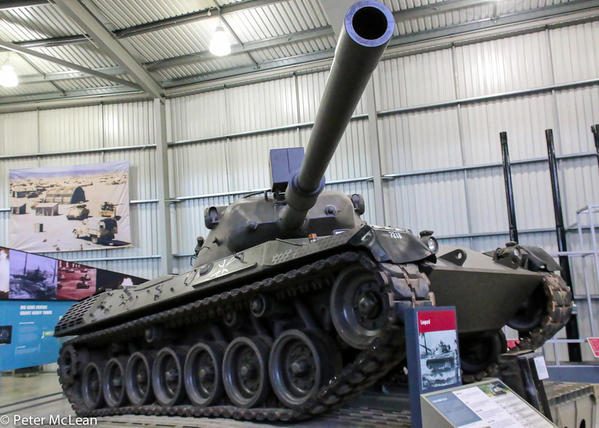

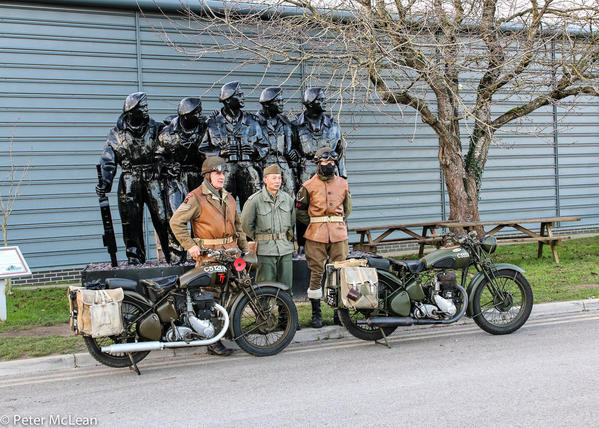
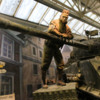





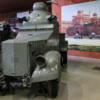



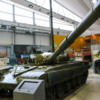

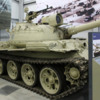

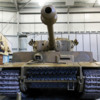


Comments (1)